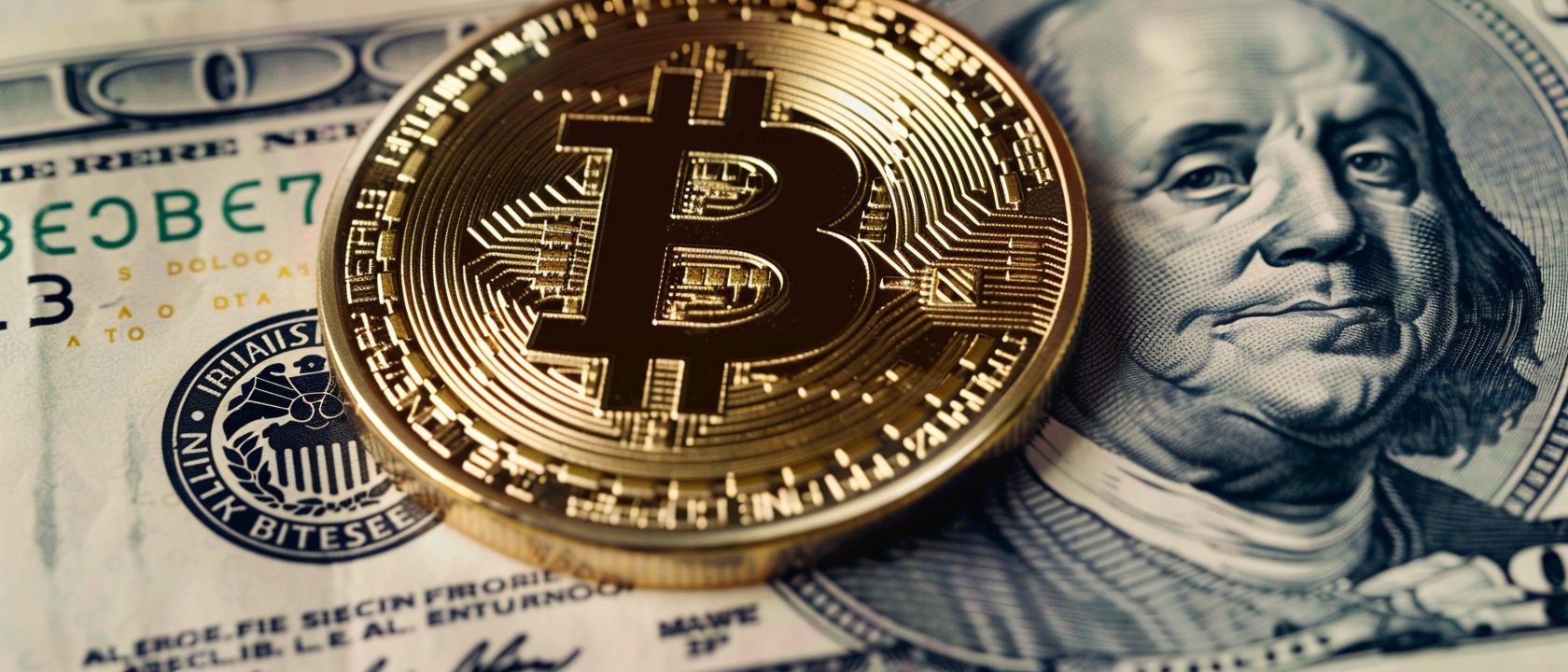

Mark Goodwin's 'The Bitcoin-Dollar' delves deep into the evolving nexus between Bitcoin and the US dollar, challenging conventional perspectives.
Is the Bitcoin-dollar poised to be the new petrodollar? My latest read, The Bitcoin-Dollar by Mark Goodwin, has been a thought-provoking journey into the intricacies of Bitcoin's future impact. This book not only deepened my understanding of Bitcoin's potential to redefine the monetary landscape but also illuminated potential attack vectors that I previously hadn’t considered. Moreover, Goodwin explores the dynamics of Bitcoin and the dollar, and discusses how we should prepare for their convergence. It also advocates for bitcoiners to adopt a more proactive stance, aiming to strengthen the Bitcoin ecosystem, going beyond the HODL ethos. Goodwin's strategic insights offer a refreshing depth, often missing from discussions on similar topics. Here’s what I learned from the book and my key takeaways.

The Bitcoin network itself is highly resistant to state attacks due to its decentralization. However, the security of the Bitcoin network should not lead to naivete regarding potential attack vectors targeting Bitcoin network users. These attacks could impact accessibility, surveillance, and the dollarization of on and off-ramps. While much attention has been given to the creation of Central Bank Digital Currencies (CBDCs) by central banks globally, it's equally plausible that the U.S. federal government will continue its policy of private-public partnership to achieve the control they desire, much like the military industrial complex and the medical industrial complex. It is likely, perhaps even more so, that the government will opt to collaborate with stablecoin issuers in order to bring digital market commerce under its influence.
“[Stablecoins have] all the benefits of the CBDC without any headache.” pg. 26
With stablecoins being intertwined with Bitcoin at the on and off-ramps, users are forced to use dollar liquidity, creating the opportunity for perverse incentives to develop. This strategy does not compromise the decentralization of the Bitcoin network itself, but it could, in practical terms, diminish the qualities that we value in a decentralized monetary network. Is it possible for dollar-backed entities to pervert incentives enough such that the value of privacy and self-custody is lost for the majority of users? Goodwin challenged me to think about the role of stablecoins, how they might be co-opted, and the implications that would have for Bitcoin.
The growth of Bitcoin will likely benefit the dollar in the medium term. With massive government spending during the Covid regime, coupled with years of near zero interest rates, we are left with record-high debt. This scenario limits the Federal Reserve's ability to aggressively raise interest rates, as done by Volcker in the 1980s, without risking default. Following the most recent rate hikes, the Fed will inevitably have to lower interest rates or resort to monetary expansion to avoid a recession, if they can. Moving forward, with limited options to further expand the monetary supply, and with Bitcoin's continuous growth, the Fed might increasingly lean on Bitcoin to absorb dollar liquidity.
“By pegging the dollar to Bitcoin’s limitless demand potential and by setting algorithmic interests for stablecoin wallets, the US can further capital mobility, increase the dollar system network effects, and further diminish the inflationary action of a run-away monetary supply.” pg. 68
Tether and the like have essentially pegged the short to medium-term success of Bitcoin to the dollar. This offers the Fed a new avenue for monetary expansion as we advance towards the future of digital money. Although I had considered the possibility that the dollar could be positively impacted by the growth of Bitcoin, I hadn’t considered the possibility of a tight-link between the two in such a way that it could further the monetary expansion of the dollar.
As we enter the “then they fight you” stage, and Bitcoin starts to gain the attention of powerful elites, it will become increasingly important to have allies in politics and across various private sector industries. To transition to a Bitcoin standard and reorganize power towards individual sovereignty, it will be crucial to select allies who understand both Bitcoin's properties and the ethos of its community. Blind allegiance to any politician who speaks positively of Bitcoin should be avoided in favor of substantive action. These relationships should be grounded in an understanding of Bitcoin's proposition. We should encourage tangible actions from our allies to protect privacy, self-custody, and mining infrastructure from state capture. It’s understandable that many bitcoiners want nothing to do with politics, as do I, but as the famous Pericles quote goes, “Just because you do not take an interest in politics doesn't mean politics won't take an interest in you.”
We all recognize that if Bitcoin is to become the monetary network of the world economy, second layer protocols will need to be developed. Although, it’s important that second layer solutions expand the usability of Bitcoin without sacrificing the inherent properties of Bitcoin. As the Bitcoin network expands, the practicality of conducting most transactions on the main chain will be diminished, especially with growing institutional involvement leading to higher transaction fees. This development will likely render on-chain settlement unaffordable for many users, highlighting the necessity of investing in second-layer technologies such as the Lightning Network and Chaumian Mint implementations. While these technologies offer various tradeoffs between privacy and user experience, maintaining a reasonable level of decentralization within these networks is crucial.
“Again, if Bitcoin is to become a cash-like technological monetary network in countries with less favorable financial freedom laws, it is important we do not allow adversarial entities to control or centralize the onramps and routing infrastructures of this scaling solution [Lightning].” pg. 126
Furthermore, to bolster the robustness of the Bitcoin network, we should also bolster our robustness as individuals. With Bitcoin, we can actively take back control of our economic power.
“The game is to create not just as many economic nodes as possible on the Bitcoin network, but to create strong, sustainable nodes that can weather short-term unpredictable price action and regulatory uncertainty.” pg. 192
All of us can be active agents and contribute to building the world we want to see through our economic choices. This doesn’t mean we should all spend our Bitcoin for some greater good, but we can all take steps to become less reliant on the legacy system which we are attempting to replace. It's imperative to avoid letting the legacy financial system dominate Bitcoin's infrastructure, whether out of convenience or apathy. Thus, every individual plays a pivotal role in fortifying the Bitcoin network, sculpting a monetary system that mirrors our ideals and aspirations for a world that values individual sovereignty.
Mark Goodwin’s The Bitcoin-Dollar has been an eye-opening exploration of the complex relationship between Bitcoin and the dollar, and the broader implications for the future of the Bitcoin network. It not only deepened my understanding of Bitcoin's potential to reshape our monetary landscape but also highlighted the nuances and challenges that are to come. In light of these insights, I find myself motivated to transform into a robust network node myself, actively contributing to and fortifying the ever-evolving landscape of Bitcoin.